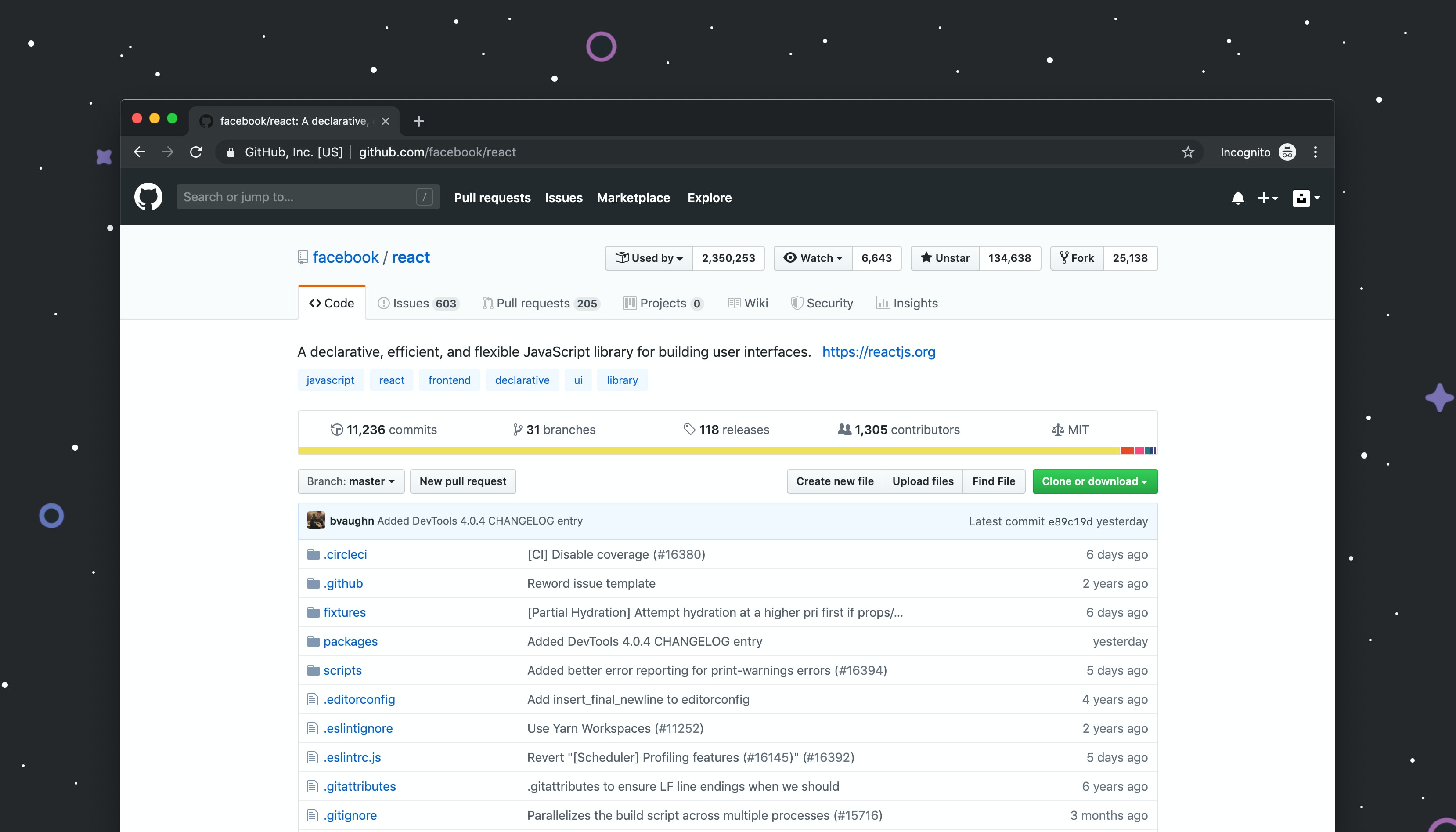Blog It Yourself - Take it to the next level
This article is part of a series called "Blog It Yourself"
Now that your blog is online and you’re motivated to write articles, it’s time to take it to the next level. Regardless of what anyone says, having readers and receiving feedback (preferably positive) boosts your ego and encourages you to do more and improve. But don’t forget, your blog is primarily YOUR blog.
Consider a Post as a Reminder
I believe it’s an excellent way to take ownership of your blog while increasing the publishing frequency: every time you learn something, you should write a post about it. Your blog then becomes an extension of your brain, capturing everything you can never seem to remember.

For example, if you frequently search for "How to center a div in CSS," it’s probably time to note it down on your site, and the answer will always be readily available. And who knows, you might even remember the solution along the way!
The same goes for commands you constantly forget.
What’s the order of parameters for the cp command again?
In short, you get my point: you can transform your blog into a kind of reminder list.
Just be careful not to completely abandon more in-depth articles that appeal to a different audience.
In any case, it’s an excellent way to combat a lack of inspiration, maintain the pace you’ve set for yourself, and keep your SEO up to date by regularly updating your site!
Link Article(s) and GitHub Repository
Are you writing a technical article and including snippets of code in the middle? Why not take it a step further and create a demo project?

The goal is twofold: to showcase real, functioning examples and to build a public portfolio to showcase your skills. Personally, I consider the development of this project as part of my (lengthy) thinking process, so I tend to code before writing the article. But of course, during the writing process, there always comes a point where you realize the code needs improvement, so you go back to it.
By starting with your use case or technical demonstration, it becomes easier to illustrate your article in a very concrete manner. In fact, I believe it’s the easiest way to write a highly technical article. In doing so, you ensure that the code shown is truly functional, which is not always the case when blindly copying code between paragraphs of text.
Cross-Posting

It’s interesting to expand your reach by posting your article on multiple platforms. You can publish it on your personal blog, your company’s blog, Medium, LinkedIn, and more.
In any case, don’t forget to specify a canonical URL to avoid any issues with duplicate content. This way, you prevent potential SEO penalties from search engines that may consider your content as mere duplication of external content.
And, of course, share your article on social media to reach an even wider audience and drive traffic to your page!
This article concludes a series on maintaining a blog, from setting up




